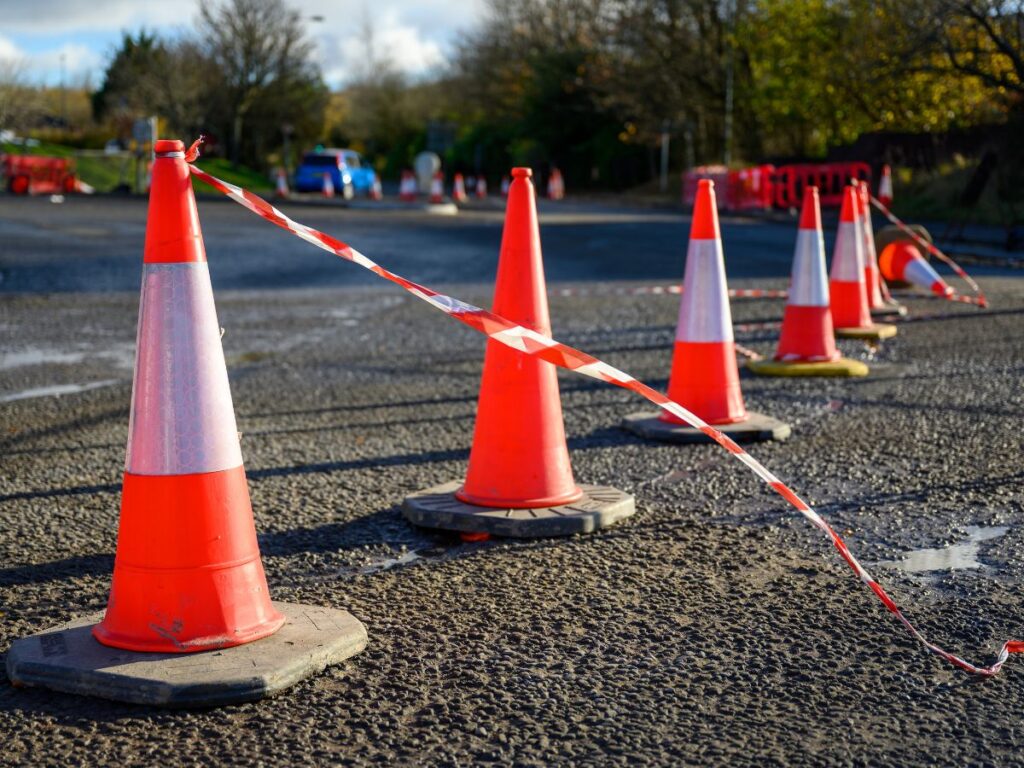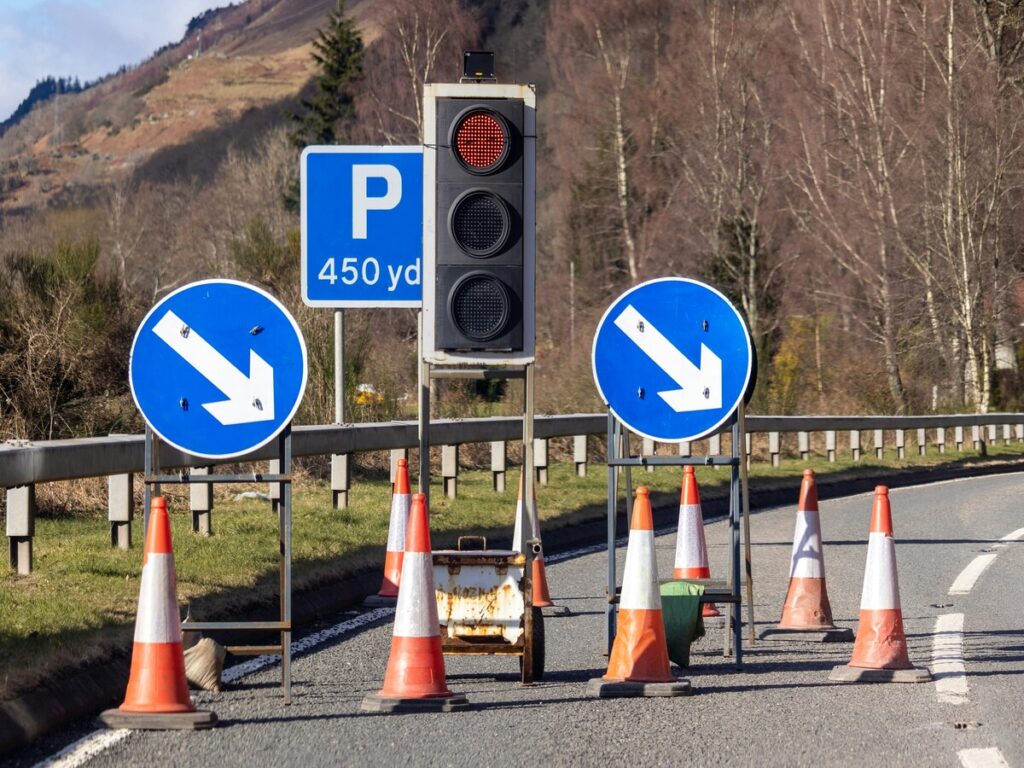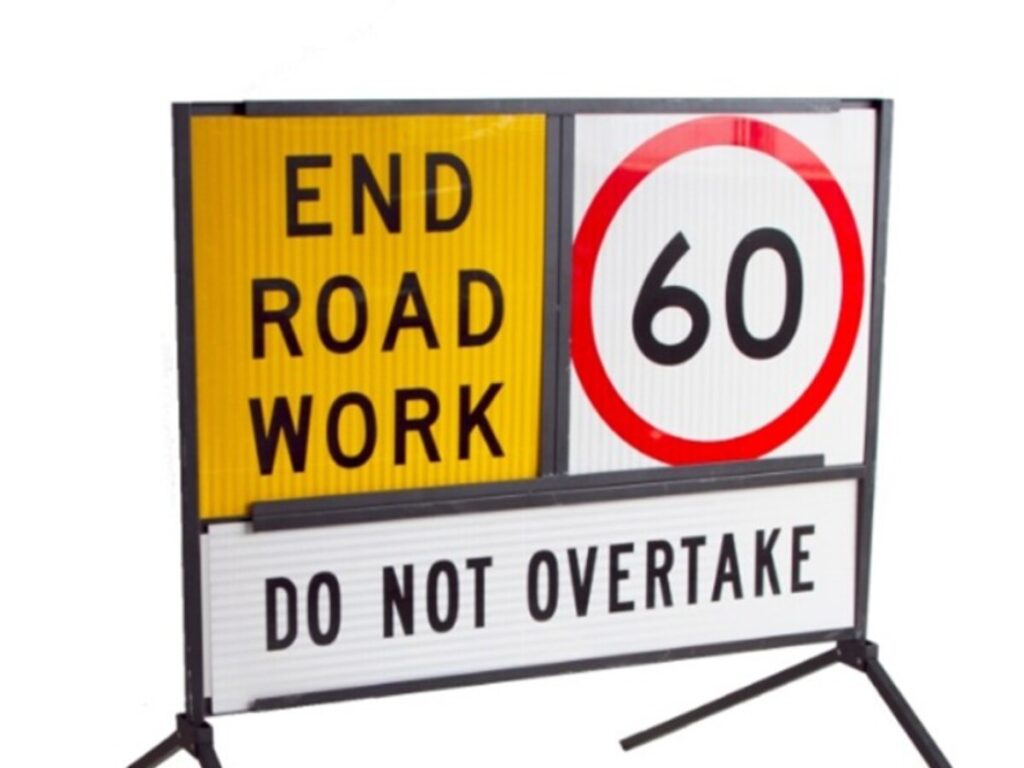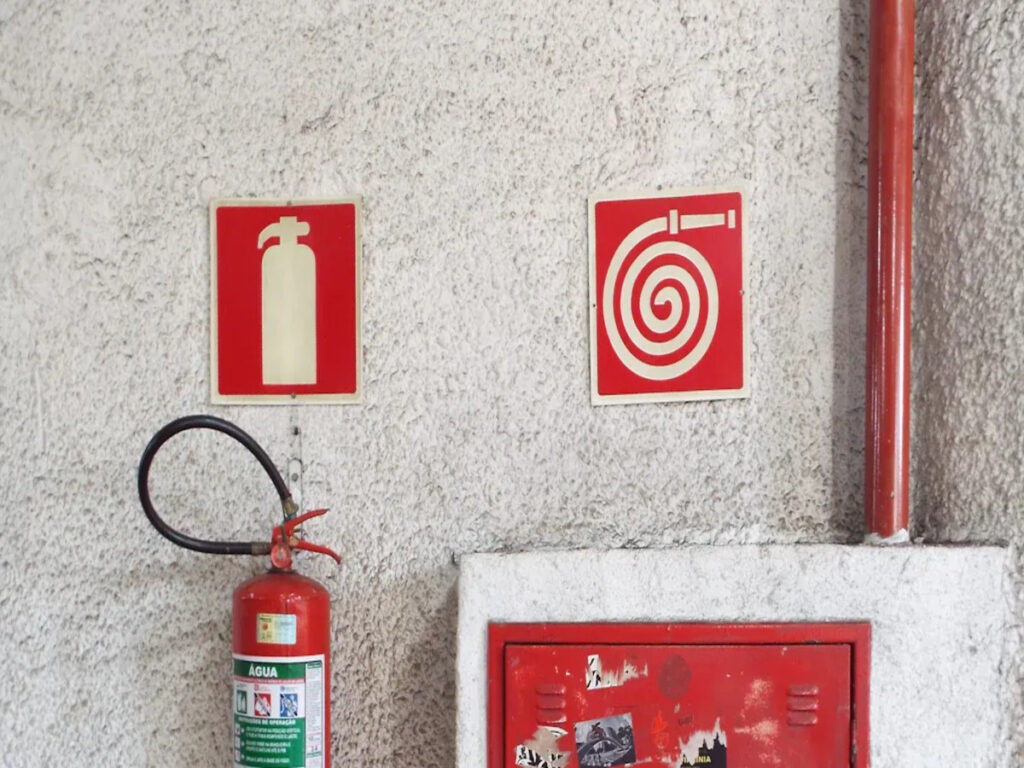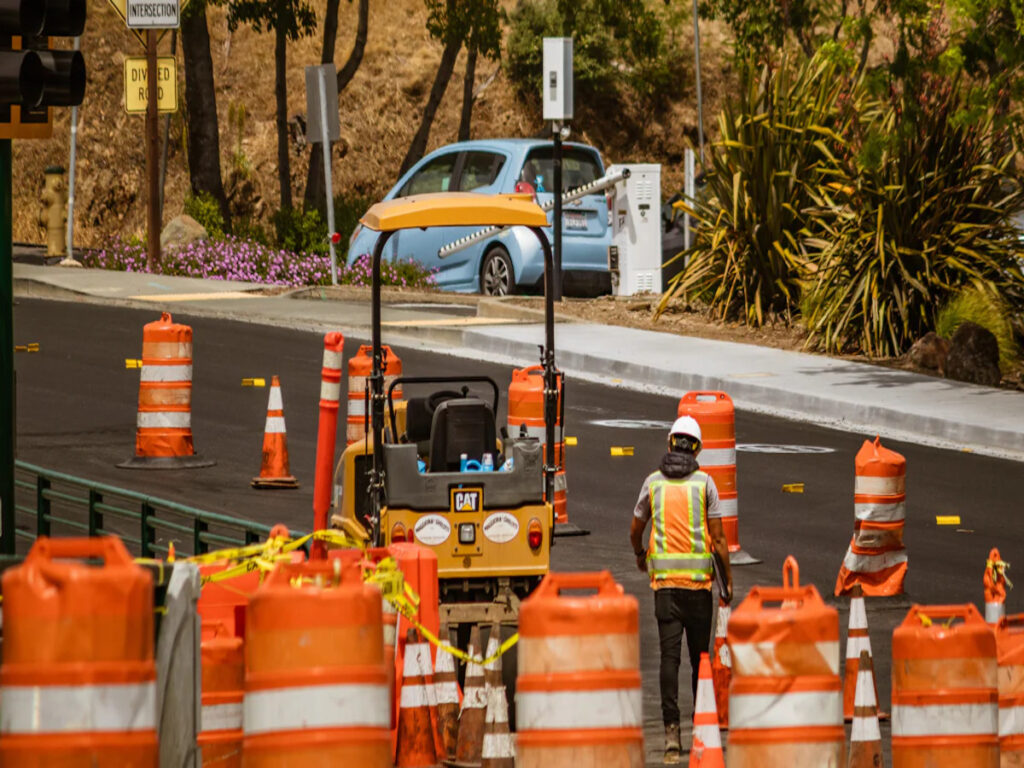
Строительные площадки представляют значительные риски для рабочих и пешеходов. Водопад, промахивания, и поездка с учетом 37.9% погибших, когда их поражают объекты, способствуют 16.7%, Согласно НАС. Бюро статистики труда. Эти опасности требуют эффективных решений для защиты жизни. Пластиковые строительные конусы предлагают практическое способ повышения безопасности. Их яркие цвета и отражающие материалы улучшают видимость, сокращение несчастных случаев. В НАС. Туннельные проекты, Традовые шишки успешно отделили рабочие зоны от активных трафик, Защита работников от перемещения транспортных средств. Легкий и долговечный, Они адаптируются к различным сценариям, сделать их незаменимыми на строительных площадках.
Общие опасности на строительных площадках
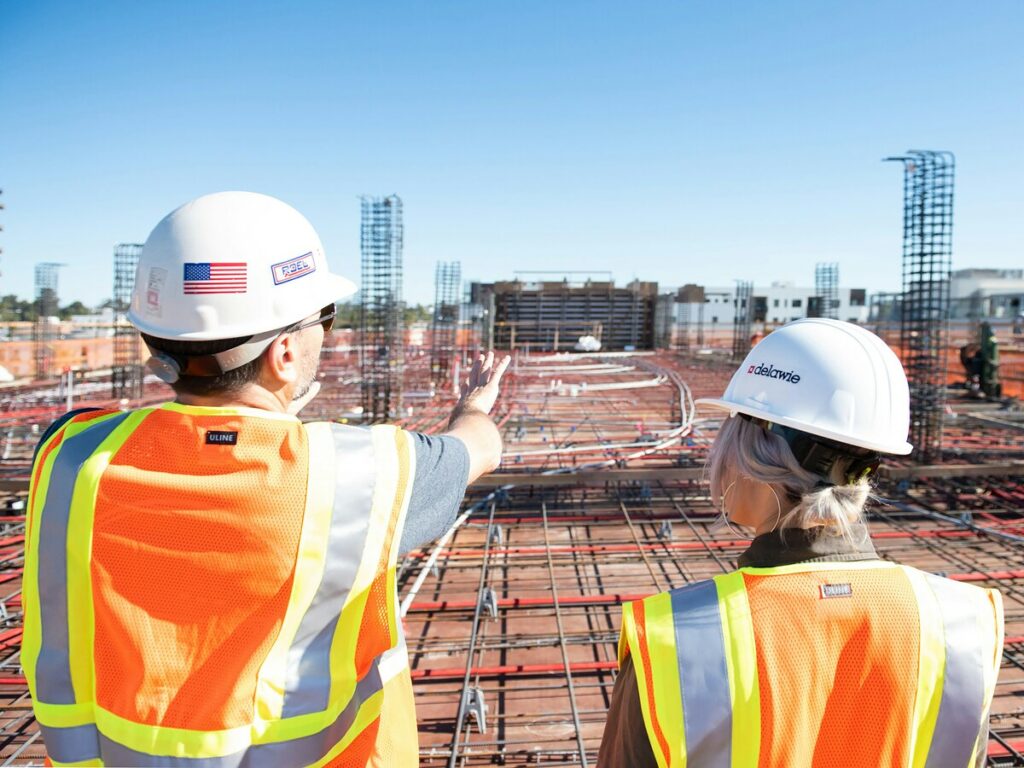
Столкновения транспортных средств
Риски неадекватного управления трафиком
Строительные зоны часто включают в себя сочетание работников, транспортные средства, и тяжелая техника. Без надлежащего управления трафиком, Транспортные средства могут попасть в рабочие зоны, подвергая опасности работники. Плохо обозначенные зоны увеличивают вероятность несчастных случаев, особенно в местах с интенсивным движением транспорта. Например, Грузовики или вилочные погрузчики могут непреднамеренно войти в зоны ограниченного, подвергать работников риску серьезных травм. Эффективные меры управления движением, например, использование пластиковых строительных конусов, необходимы для предотвращения этих инцидентов.
Примеры несчастных случаев, вызванные плохой видимостью
Низкая видимость является важным фактором в столкновениях транспортных средств. Пыль, Плохое освещение, или погодные условия могут скрыть представление водителя. В таких случаях, Рабочие не могут быть замечены, пока не станет слишком поздно. Например, Плохо освещенная строительная площадка может привести к тому, что автомобиль ударил на работника. Ярко окрашенные и отражающие дорожные конусы повышают видимость, Помощь водителям выявлять опасные зоны и избежать несчастных случаев.
Поездки и падения
Опасности из зон без опознавательных знаков и неровных поверхностей
Зоны без опознавательных знаков и неровные поверхности являются общими причинами поездок и падений. Рабочие часто сталкиваются с необеспеченными лесами, скользкие поверхности, или загроможденные пути. Эти опасности могут привести к травмам, таким как растяжения или переломы. Например, Работник может переехать по инструментам, оставленным в безымянной зоне. Правильно размещенные визуальные маркеры, такие как дорожные конусы, может безопасно вести работников и пешеходов через строительные зоны.
Важность четких визуальных маркеров
Чистые визуальные маркеры играют решающую роль в поддержании безопасности. Дорожные конусы помогают определить дорожки и выделять потенциальные опасности. Маркировка неровные поверхности или опасные районы, Они снижают риск поездок и падений. Этот простой, но эффективный инструмент гарантирует безопасность работников на сайте, Даже под временным давлением или в сложных условиях.
Раскручивать травмы
Опасности тяжелой техники в зонах без опознавательных знаков
Тяжелая техника представляет значительный риск на строительных площадках. Рабочие могут быть пойманы между оборудованием или ударили с помощью перемещения транспортных средств. Тренч обрушивается и сброшенные материалы также способствуют повреждениям раздавливания. Например, Оператор вилочного погрузчика может не увидеть работника в неарикорированной зоне, приводя к серьезной аварии. Эти риски подчеркивают важность четко определенных границ.
Роль пластиковых строительных конусов в ограничении доступа
Пластиковые строительные конусы создают четкие границы в зонах высокого риска. Их яркие цвета и светоотражающие материалы улучшают видимость., даже в условиях низкой освещенности. Маркируя зоны вокруг тяжелой техники, Конусы держат работников на безопасном расстоянии. Например, Конусы, расположенные вокруг эксплуатационных кранов или вилочных погрузчиков, предотвращают несанкционированный доступ, уменьшение вероятности повреждений. Этот проактивный подход обеспечивает более безопасную среду для всех на месте.
Другие опасности
Химическое воздействие и разливы
Строительные площадки часто включают опасные химические вещества это может нанести вред вашему здоровью. Вещества, как вести, асбест, и хром распространены в строительных материалах. Эти химические вещества могут вызвать серьезные проблемы со здоровьем, в том числе респираторные проблемы, раздражение кожи, и даже рак. Например, вдыхание асбестовых волокон может привести к Хронические респираторные заболевания, В то время как воздействие свинца может привести к необратимому повреждению органов. Вы должны понимать риски, связанные с этими материалами, чтобы оставаться в безопасности.
Чтобы защитить себя, Всегда просмотрите листы данных о безопасности материалов (MSDS) Для получения информации о химических веществах, с которыми вы обращаетесь. Носить Личное защитное оборудование (Ст) такие как перчатки, очки, и респираторы. Тробичные шишки также могут играть роль в химической безопасности. Используйте их, чтобы отметить районы, где присутствуют разливы или опасные вещества. Этот простой шаг может предотвратить случайную экспозицию и не допустить работников в опасных зонах.
Химические разливы создать дополнительные риски. Они могут вызвать ожоги, Респираторные проблемы, или загрязнение окружающей среды. Быстрые действия необходимы. Если происходит разлив, изолировать область, используя дорожные шишки и выполните надлежащие процедуры очистки. Оставаясь бдительным и используя четкие маркеры, Вы можете минимизировать опасность химического воздействия на месте.
Разрезания и рваны от инструментов и оборудования
Острые инструменты и тяжелое оборудование необходимы для строительных работ, Но они также представляют значительные риски. Силовые пилы, тренировки, и другие инструменты могут вызвать глубокие порезы или рваные разрывы, если не обращаются. Например, Работник, использующий пилу без надлежащих мер предосторожности, может получить тяжелую травму руки.
Вы можете снизить эти риски, следуя протоколам безопасности. Всегда осматривайте инструменты на наличие повреждений перед использованием и носите соответствующие СИЗ, такие как устойчивый. Традовые шишки также могут помочь здесь. Используйте их, чтобы отметить области, где инструменты активно используются или где хранится острый оборудование. Это создает визуальное напоминание для работников, чтобы они осторожно были.
Объединяя правильную обработку инструментов с четкими визуальными маркерами, Вы можете значительно снизить риск сокращений и рвов на строительных площадках. Простые меры, подобные этим, имеют большое значение для обеспечения более безопасной рабочей среды.
Как пластиковые строительные конусы уменьшают травмы строительной площадки
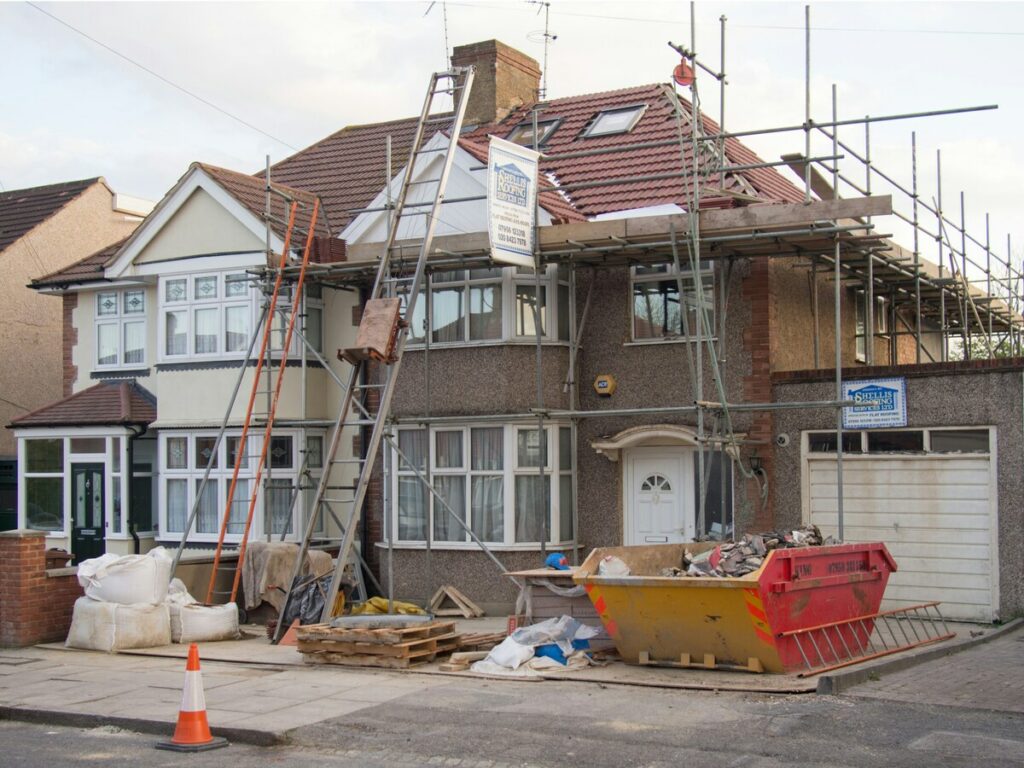
Улучшение видимости
Яркие цвета и светоотражающие материалы для дневного и ночного использования.
Пластиковые строительные конусы предназначены для выделения в любой среде. Их ярко -оранжевый цвет гарантирует, что они остаются видимыми в течение дня, В то время как отражающие материалы повышают их эффективность ночью или в условиях низкого освещения. Например, в туннельном строительстве, Эти строительные конусы с отражающими поверхностями помогают водителям безопасно перемещаться по смутно освещенной области, снижение риска несчастных случаев. Прочная пластиковая или пластическая комбинация гарантирует, что они сохраняют свою форму и видимость даже в сложных условиях. Это делает их надежным инструментом как для дневного, так и для ночной безопасности.
Привлечение внимания к опасным областям
Традовые конусы действуют как визуальные оповещения, Привлечение внимания к потенциальной опасности на строительных площадках. Их яркие цвета и отражающие полосы делают их невозможными, чтобы пропустить, Обеспечение того, чтобы работники и пешеходы не знали о опасных зонах. Если вы хотите купить строительные конусы, Стратегическое размещение этих конусов гарантирует, что они привлекают внимание, не подавляя сайт. Будь то маркировка неровных поверхностей или забаррикадирующих рабочих областей, Они служат постоянным напоминанием о предостережении.
Управление трафиком
Безопасно перенаправление транспортных средств и пешеходов
Эффективный контроль движения имеет важное значение для строительных площадок. Пластиковые строительные конусы играют ключевую роль в перенаправлении транспортных средств и пешеходов от опасных зон. Правильное размещение в преддверии рабочих мест предоставляет водителям широкое предупреждение, В то время как сужание создает плавный переход от обычного потока трафика в зоны ограниченных. Например, во время Бостон Большой Комп, Конусы строительных площадок управляют движением через сложные обходные пути, Защита работников и обеспечение плавной навигации для водителей.
Предотвращение несанкционированного доступа к ограниченным зонам
Тробичные конусы четко отмечают ограниченные зоны, предотвращение несанкционированного доступа. Их яркие цвета и отражающие поверхности делают границы легко распознать, даже на расстоянии. Ограничив рабочие зоны, Они защищают работников от транспортных средств и тяжелого техника. Например, во время Вашингтон, округ Колумбия. Расширение метро, Конусы строительных площадок отделили пешеходные зоны от машины, значительное снижение риска травм.
Профилактика аварии
Изоляция опасности для уменьшения поездок, водопад, и столкновения
Конусы безопасности помогают изолировать опасности, уменьшение вероятности поездок, водопад, и столкновения. Они создают четкие пути для работников и пешеходов, безопасно направлять их вокруг препятствий. Например, Во время Вашингтона, округ Колумбия. Расширение метро, Конусы строительных площадок действовали как барьеры между рабочими зонами и трафиком, Минимизация рисков для работников коммунальных услуг. Этот простой, но эффективный инструмент гарантирует, что все на месте могут безопасно двигаться.
Создание четких границ для работников и оборудования
Тробичные конусы устанавливают четкие границы, Сохранение работников и оборудования в назначенных областях. Это уменьшает путаницу и предотвращает несчастные случаи, вызванные несанкционированным входом в зоны высокого риска. Например, Конусы строительных площадок, расположенные вокруг эксплуатационного оборудования во время Бостонского Big Dig, держали работников на безопасном расстоянии, обеспечение их безопасности. Благодаря эффективному забаррикадированию рабочих областей, Конусы создают более безопасную и организованную строительную среду.
Сделайте свое рабочее место более безопасным с Опеткирует дорожные конусы. Известен своими яркими цветами и крепким дизайном, эти строительные конусы созданы для обработки жестких условий, обеспечивая четкое руководство для всех пользователей дорожного движения.
Преимущества использования пластиковых строительных конусов
Экономически эффективное безопасное решение
Доступный и многоразовый инструмент безопасности
Пластиковые строительные конусы предлагают бюджетный способ повышения безопасности на строительных площадках. Их легкий дизайн снижает затраты на рабочую силу во время развертывания, Как работники могут легко перевозить и позиционировать их. Если вы хотите купить строительные конусы, Вы обнаружите, что они сопротивляются повреждению погоды и воздействию, В отличие от деревянных или металлических альтернатив, обеспечение более длительной жизни. Эта долговечность сводит к минимуму необходимость частых замены, Снижение долгосрочных операционных расходов. Кроме того, Их повторное использование делает их устойчивым выбором для нескольких проектов, Дальнейшее повышение их стоимости в качестве инструмента безопасности.
Минимальные требования к техническому обслуживанию
Вам не нужно беспокоиться о высоких затратах на техническое обслуживание с пластиковыми строительными шишками. Они выдерживают жесткие погодные условия, в том числе дождь, снег, и экстремальная жара, не теряя их формы или видимости. В отличие от деревянных конусов, которые могут гнить или расколоть, Пластиковые шишки со временем остаются нетронутыми. Очистить их проста - просто протрите грязь или мусор, чтобы сохранить их яркие цвета и отражающие поверхности. Эта функция низкого уровня гарантирует, что они остаются эффективными, не добавляя дополнительную работу в ваши протоколы безопасности.
Универсальность
Подходит для различных применений строительных площадок
Пластиковые строительные конусы адаптируются к широкому спектру использования. Тяжелые конусы обеспечивают стабильность и видимость в строительных зонах, В то время как складные конусы идеально подходят для временных настройки, таких как парковки или события. Рефлексивные конусы необходимы для ночных дорожных работ, Обеспечение обеспечения водителей и работников в условиях низкого освещения. Вы также можете использовать специализированные строительные дорожки для обозначения определенных зон, такие как влажные полы или ограниченные участки. Их универсальность делает их надежным выбором для различных потребностей в безопасности.
Легко транспортировать и развернуть
Портативность пластиковых строительных конусов делает их идеальными для динамических конструктивных средств. Их легкая природа позволяет работникам двигаться и разместить их быстро, Экономия времени и усилий. Сложный дизайн сохраняет пространство для хранения и упрощает транспорт. В быстро меняющихся ситуациях, такие как аварийные дорожные работы, Вы можете быстро развернуть эти шишки для управления трафиком и защиты работников. Эта простота использования гарантирует, что они остаются практическим решением для поддержания безопасности на месте.
Соответствие стандартам безопасности
Встреча OSHA и другие нормативные требования
Использование пластиковых строительных шишек поможет вам соответствовать важным стандартам безопасности. The Управление по безопасности и гигиене труда (Оша) требуется утвержденные устройства для защиты работников и общественности. Конусы со отражающими материалами соответствуют Руководство по однородным устройствам управления движением (Mutcd) Руководящие принципы, обеспечение надлежащей видимости. Кроме того, Астм Стандарты гарантируют их долговечность и отражательную способность. Используя соответствующие строительные дорожки, Вы избегаете штрафов и создаете более безопасную рабочую среду.
Улучшение общих протоколов безопасности площадки
Пластиковые строительные конусы играют жизненно важную роль в повышении безопасности площадки. Например, Во время Boston Big Dig, Конусы управляли движением через сложные обходы, Защита работников и водителей. Сходным образом, в Вашингтоне, округ Колумбия. Расширение метро, Строительные дорожные шишки служили барьерами между рабочими зонами и дорожными дорожками, Снижение опасностей для работников коммунальных услуг. Включение этих строительных дорожных шин в ваши протоколы безопасности обеспечивает четкие границы и минимизирует риски, Создание более безопасной среды для всех участников.
ОПТзнаки Строительные шишки созданы для выдержания требований любой строительной площадки. С сильным и стабильным дизайном, эти Оранжевые строительные конусы обеспечить более безопасную среду как для работников, так и для водителей.
Практические советы для эффективного использования пластикового строительства конуса
Правильные стратегии размещения
Позиционирование шишек, чтобы максимизировать видимость
Вы должны стратегически позиционировать конусы безопасности, чтобы убедиться, что они видны работникам, водители, и пешеходы. Следуйте этим советам, чтобы максимизировать их эффективность:
- Поместите конусы намного впереди рабочей зоны, чтобы дать водителям широкое предупреждение.
- Используйте сужание, чтобы создать плавный переход от обычного потока трафика к рабочей зоне.
- Установить буферную зону между конусами и рабочей зоной для дополнительной защиты.
- Убедитесь, что конусы видны на расстоянии с помощью ярких цветов и отражающих полосок.
Для точного размещения, ходить вокруг 40 Шаг с края строительной площадки, чтобы поместить первый конус. Двигаться 10 шагает обратно к месту и поместите второй конус на три фута в дороге. Повторите этот процесс, размещение каждого последующего конуса дальше на дорогу до тех пор, пока последний конус не будет на краю переулки. Поддерживать расстояние примерно 20 Ноги между конусами, чтобы создать последовательный барьер.
Руководство по расстоянию между различными условиями сайта
Расстояние расстояния зависит от размера и типа строительной площадки. Для более крупных сайтов, поместите первые строительные дорожные конусы о 250 в ногах от начала рабочей зоны. На шоссе, использовать шишки выше, чем 28 дюймы с более высокой отражательной способностью для лучшей видимости. Всегда поддерживайте оптимальное расстояние от 20 Ноги между строительными дорожными шишками, чтобы обеспечить четкую и последовательную границу.
Техническое обслуживание и проверка
Регулярно проверять повреждение или износ
Часто осматривайте конусы безопасности, чтобы убедиться, что они остаются эффективными. Ищите трещины, угасание, или поврежденные отражающие материалы. Замените любые конусы, которые показывают значительный износ. Регулярные проверки помогают поддерживать безопасную среду и предотвратить несчастные случаи, вызванные плохо обслуживаемым оборудованием.
Чистка шишки для поддержания видимости
Грязные конусы теряют свою видимость, снижение их эффективности. Очистите их регулярно, используя мягкое мыло и вода. Для более жестких пятен, таких как масло или краска, использовать белый дух или ацетон экономно. После уборки, Промойте чистой водой, чтобы восстановить их яркие цвета и отражающие поверхности. Поддержание чистоты конусов гарантирует, что они остаются надежным инструментом безопасности.
Учебные работники
Обучение работников на правильное использование конуса
Учебные работники по правильному использованию конусов безопасности имеют важное значение. Научить их, как эффективно позиционировать конусы, Используйте индивидуальное защитное оборудование (Ст), и координировать с флагжерами. Работники должны понимать, как строительные дорожные конусы способствуют общей безопасности площадки и соответствия нормам. Эти знания гарантируют, что строительные дорожки используются должным образом для защиты всех на месте.
Обеспечение последовательной реализации мер безопасности
Последовательность является ключом к поддержанию безопасной рабочей среды. Поезда работников для размещения зон строительных зон впереди рабочих зон, Используйте методы сужения, и установить буферные зоны. Регулярно осматривайте конусы зоны строительства и обеспечивайте обучение для повышения квалификации для укрепления лучших практик. Обеспечивая последовательную реализацию, Вы создаете более безопасную и организованную строительную площадку.
Пластиковые строительные конусы необходимы для создания более безопасных строительных площадок. Они улучшают видимость, направлять трафик, и изолировать опасности, Снижение риска травм. Например, Во время Boston Big Dig, Транспортные конусы управляют транспортными средствами через сложные обходные пути, Защита работников и водителей. Сходным образом, в США. Туннельные проекты, Строительные дорожные конусы действовали как барьеры между рабочими зонами и дорожными полосами движения, обеспечение безопасности работника.
Принятие упреждающих мер безопасности, включая использование дорожных шишек, предлагает долгосрочные выгоды. К ним относятся улучшенная видимость, соответствие стандартам безопасности, и экономическая эффективность из-за их долговечности. Вы должны расставить приоритеты в качестве части комплексной стратегии безопасности для защиты работников и пешеходов.

